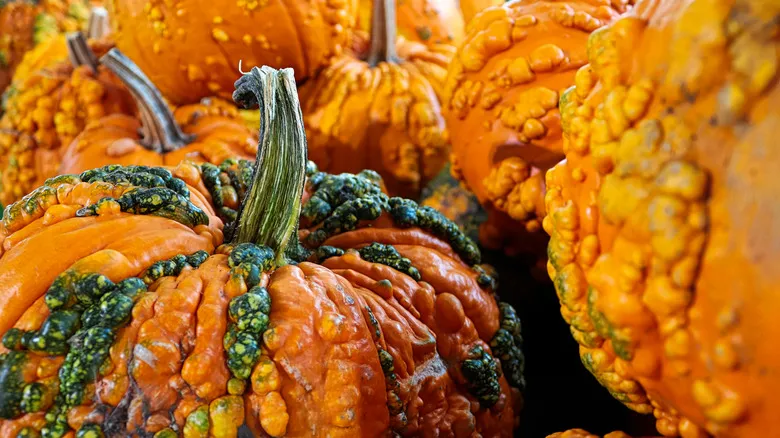Pumpkin warts: genetic or viral?
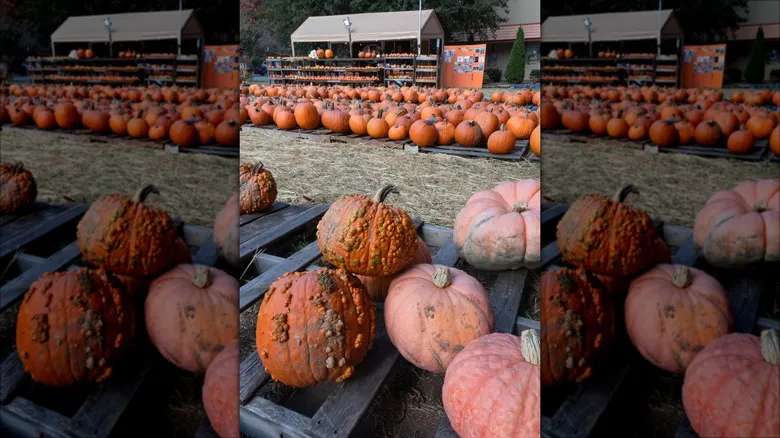
Known as Super Freak pumpkins, this squash variety from Siegers Seed Co. requires a decade of breeding and cross-breeding to achieve its unique appearance. The ability of pumpkins to cross-breed stems from a specific trait of the Cucurbitaceae family, which includes squashes and gourds. Members of this botanical family produce both male and female flowers, enabling them to intermix with other cucurbits and generate a variety of colors and textures. The warty Super Freak pumpkins are essentially botanical experiments, and in recent years, these knotty pumpkins have become a popular choice for Halloween decorations across the country.
While Siegers Seed Co. has created several different bumpy pumpkin varieties, such as Knuckle Head, Gargoyle, and Goosebumps, pathogens like the mosaic virus can also produce lumpy pumpkins. This virus typically enters pumpkins through aphids, which feed on them.
At first glance, genetically modified warty pumpkins and those affected by the virus may seem alike. However, the key difference lies in the placement of the bumps relative to the skin. Genetically engineered bumps sit atop the skin, resembling barnacles on a whale, while virus-induced bumps appear as if they are trying to break through the surface, reminiscent of the baby alien from the film of the same name.
Other things to keep in mind
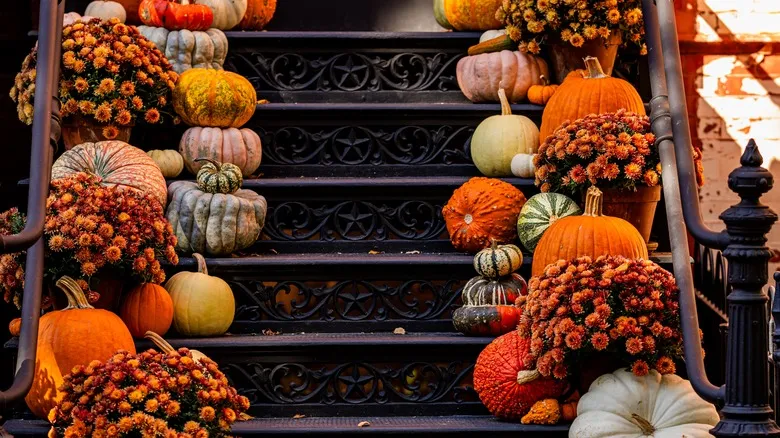
If you're cultivating your own pumpkins from seeds instead of purchasing them from a farmers market, you may notice the early signs of mosaic disease during the summer months. Infected pumpkins exhibit yellowing leaves that are easily visible from a distance. These yellow leaves serve as the initial indication that something is wrong.
If not addressed in the garden, squashes affected by the mosaic virus can suffer significant damage to their skin, allowing other pathogens to infiltrate. If this invasion escalates, it can lead to the entire crop rotting. However, some pumpkins, particularly those with thicker skins, appear to be more resistant to the effects of the pests and the virus compared to their thinner-skinned relatives.
Interestingly, both types of pumpkins are edible, although you might hesitate to eat the ones affected by mosaic disease, primarily because they may seem unappealing. The quality of the fruit may not match that of unaffected pumpkins. Additionally, most pumpkins intended for jack-o'-lanterns are not the best choice for making pumpkin pie.
Given this, it’s likely wiser to choose pumpkins specifically bred for carving. Jack-o'-lanterns made from these pumpkins align better with the spooky theme of Halloween, anyway.
Recommended
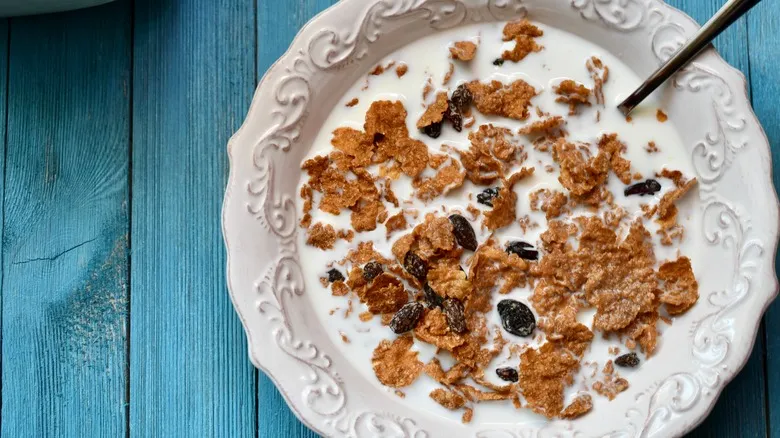
Why Raisins Stay Soft In Store-Bought Cereal
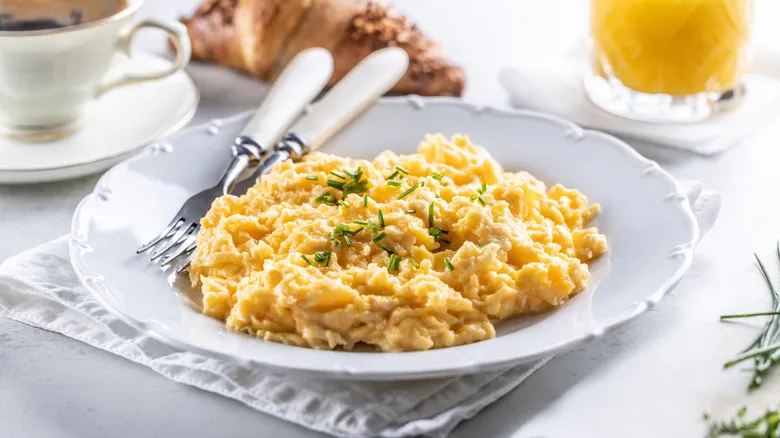
The Secret Trick Restaurants Use To Prevent Watery Scrambled Eggs

The Easiest Way To Tell How Hot Your Jalapeños Will Be
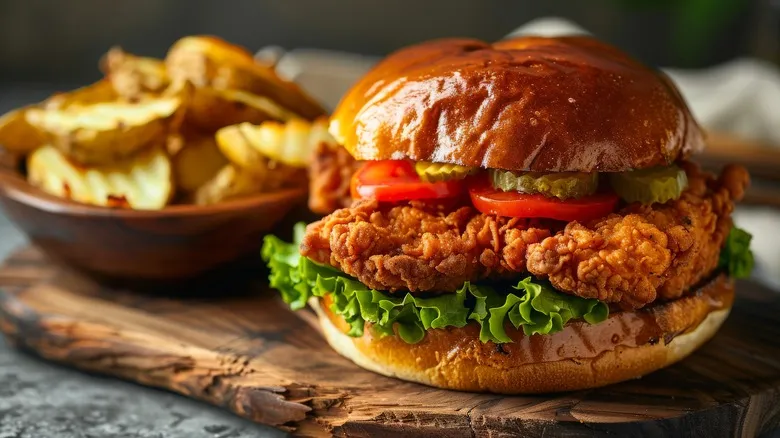
Are Breast Or Thighs Better When Making Fried Chicken Sandwiches?
Next up

